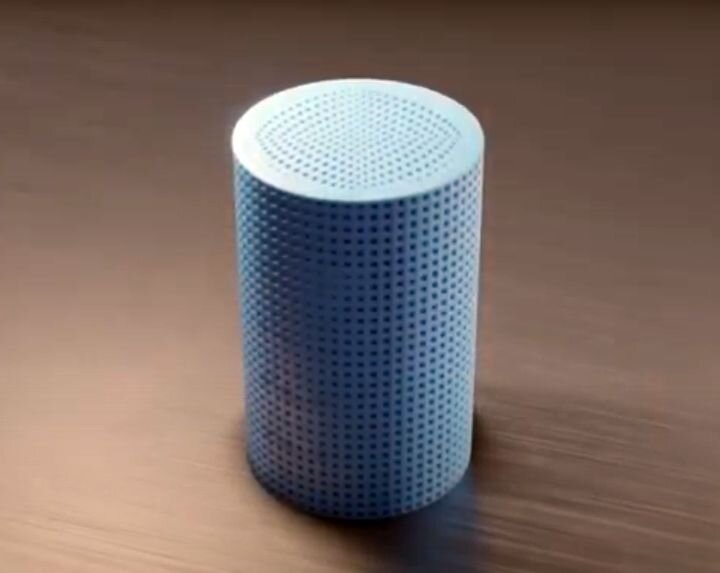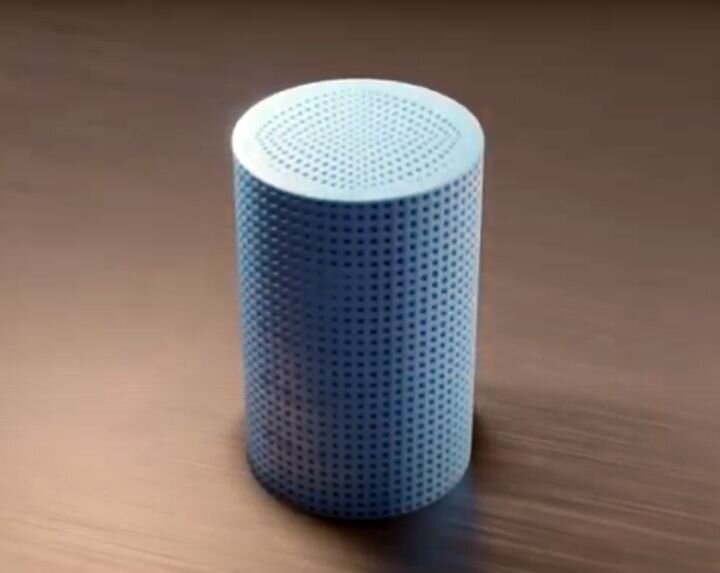
The NESSIE project is attempting to optimize large-scale production of pharmaceuticals by using advanced technologies.
The EU-funded project includes several partners, each bringing specific expertise:
- SINTEF, a Norwegian research organization
- Lithoz, an Austrian manufacturer of ceramic 3D printers
- IBET, a Portuguese biopharmaceutical research centre
- genIbet and Cerpotech, experts in manufacturing of biopharmaceuticals and innovative materials
SINTEF explains the project:
“The main goal of this project is to produce new structured adsorbents as selective chromatographic media to separate complex biopharmaceuticals. New customized surfaces will be attached to innovative shapes produced by ceramic-based additive manufacturing (AM).”
Essentially they are producing highly complex bio filters made from precision ceramic 3D prints that will aid in the processing of pharmaceuticals. Specifically, these processes require a number of stages in which materials are separated by complex filtering systems. This process concludes when the concentration of desired material is sufficient after multiple filtrations.
It seems that this process is difficult using traditional approaches, and that’s not exactly a welcome thought given the state of the world these days. While we hear news reports of researchers frantically developing potential vaccines, there remains the issue of mass-producing them once they are certified.
Lithoz explains the challenge:
“Adenoviruses are excellent vectors for delivering genes or vaccine antigens to humans. Many of the successful vaccines actually use viruses to deliver the necessary elements to get immune. Such viruses are expensive to produce. Furthermore like many substances used for humans, there is extra caution with the purity and purification of these viruses is very expensive.”
It’s likely billions of doses will be required, and quickly. Thus it’s critical to develop the methods of mass production as soon as possible, and NESSIE could help in that area if they succeed.
Lithoz Ceramic 3D Printing
Lithoz describes their work on the project:
“Using ultra-high resolution ceramic 3D printing and applying a novel design for the manufacture of chromatographic columns (the most advanced purification technology), the project will improve separation and reduce production costs. NESSIE succeeded in the production of the first chromatographic supports and will soon test them for adenovirus purification.”
This video explains a bit more about the project and ceramic 3D printing aspects:
With the precision control provided by the Lithoz equipment, the equipment designers can develop unique geometries for filter elements, some quite complex. The theory is that by producing filters in this manner, it may be possible to construct large-scale equipment that could produce vaccine at scale.
I’m hoping they succeed.

